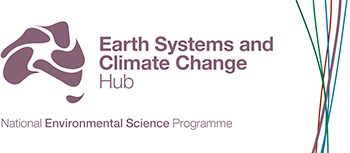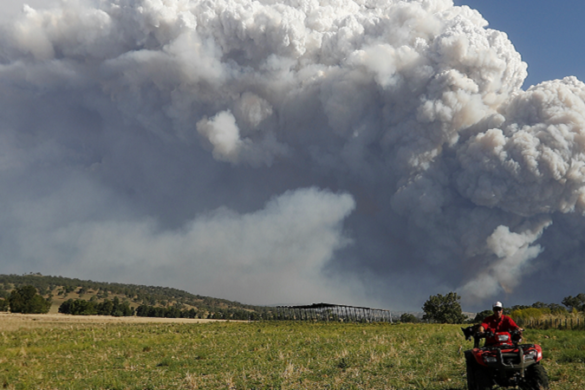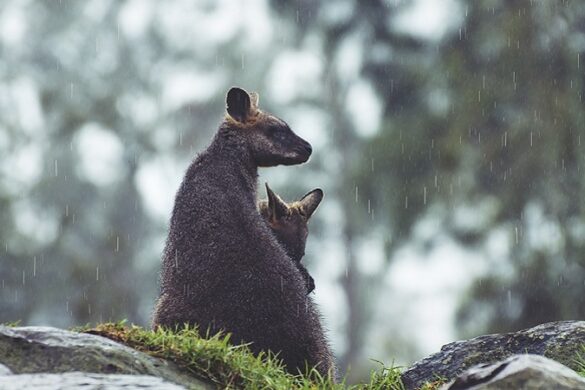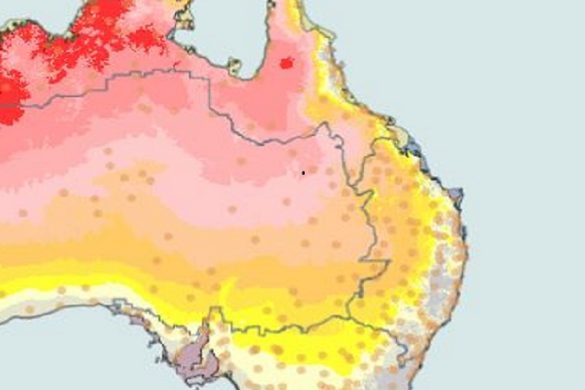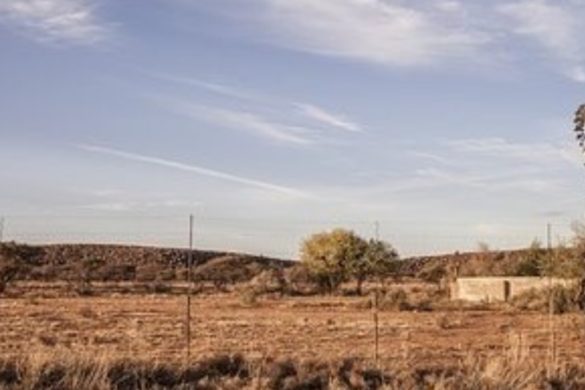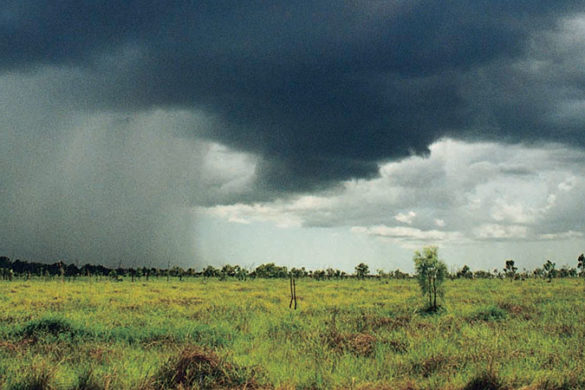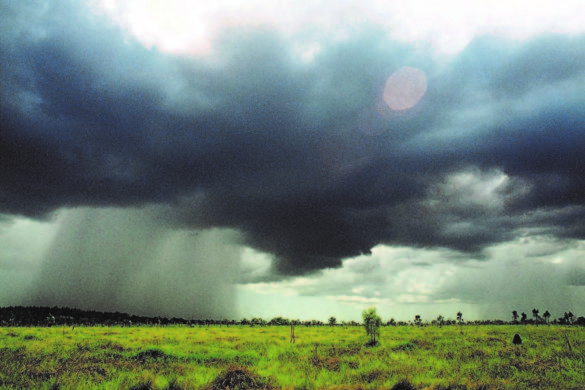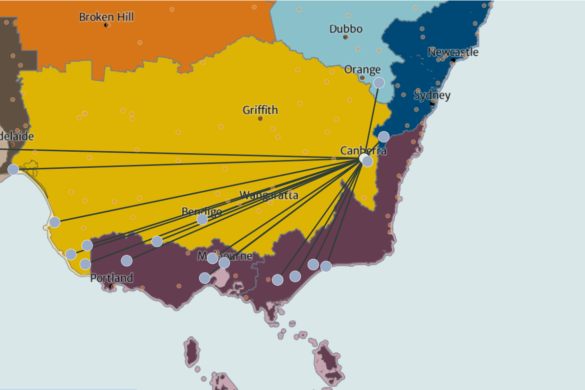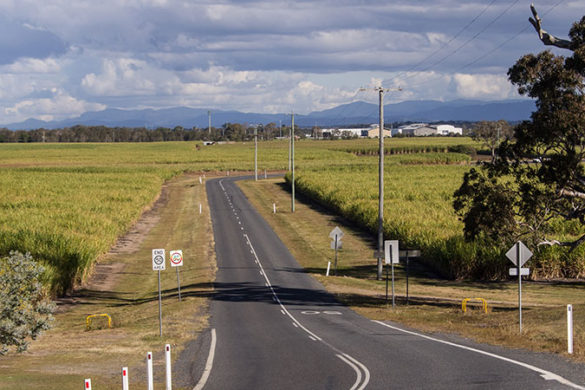The ESCC Hub has investigated how fire-generated thunderstorms, such as those experienced during the 2019/20 Black Summer fires, are formed, their current trends and how these trends may change under a warming climate.
projections
-
-
The ESCC Hub has conducted a range of research into our changing oceans and coasts, including topics such as marine heatwaves, sea level rise, ocean change, ocean observations, extreme sea level events and much more!
-
News
Exploring climate variability and change and improving the utility of Australia’s national climate model, ACCESS
We’ve explored the key drivers of Australia’s variable and changing climate, and have used and improved our national climate model (ACCESS) to better understand these drivers and how our climate may change into the future.
-
We sat down with climate projections scientist Dr Michael Grose to hear what the Hub’s been up to since the latest CMIP6 models were released in late 2019.
-
In this webinar John Clarke provided a demonstration of the Thresholds Calculator tool within the Climate Change in Australia website to estimate the frequency of future hot, cold, wet and dry extremes under different emissions scenarios.
-
Hub researchers are continuing to develop our understanding of the processes driving southern Australia’s rainfall, including the causes of our declining winter rainfall, the seasonality of rainfall, and the occurrence of extreme rainfall in southern Australia.
-
Webinars
Science webinar: The impact of El Niño-Southern Oscillation (ENSO) on rainfall in a warming world
In this webinar, Dr Scott Power discusses significant advances in our understanding of current and future ENSO and rainfall variability based on research undertaken within the ESCC Hub using numerous climate models from around the world.
-
In this webinar, Dr Michael Grose talks about climate change projections research undertaken by the Earth System and Climate Change Hub, how climate projections have been produced in the past and where they could go in the future.
-
Hub researchers are investigating the processes that influence rainfall in northern Australia, so we can better understand how they are changing and what this means for the timing and amount of rainfall.
-
In this webinar, Dr Josephine Brown talks about her work with climate models looking at rainfall changes in northern Australia.
-
In this webinar John Clarke provides a demonstration of how to use the Climate Analogues tool and tailor the results to meet individual needs. A brief introduction to the Climate Change in Australia website is also provided.
-
-
Managing climate risk to 2030 means accounting for both climate change and natural climate variability.
-
Climate projections from the early 1990s are showing themselves to be in line with observations, but natural climate variability influences our perception of reliability.
-
Climate projections provide important information to help make decisions about the future, but projecting what the climate is likely to look like in 10 or 100 years is a little different to predicting tomorrow’s weather.
